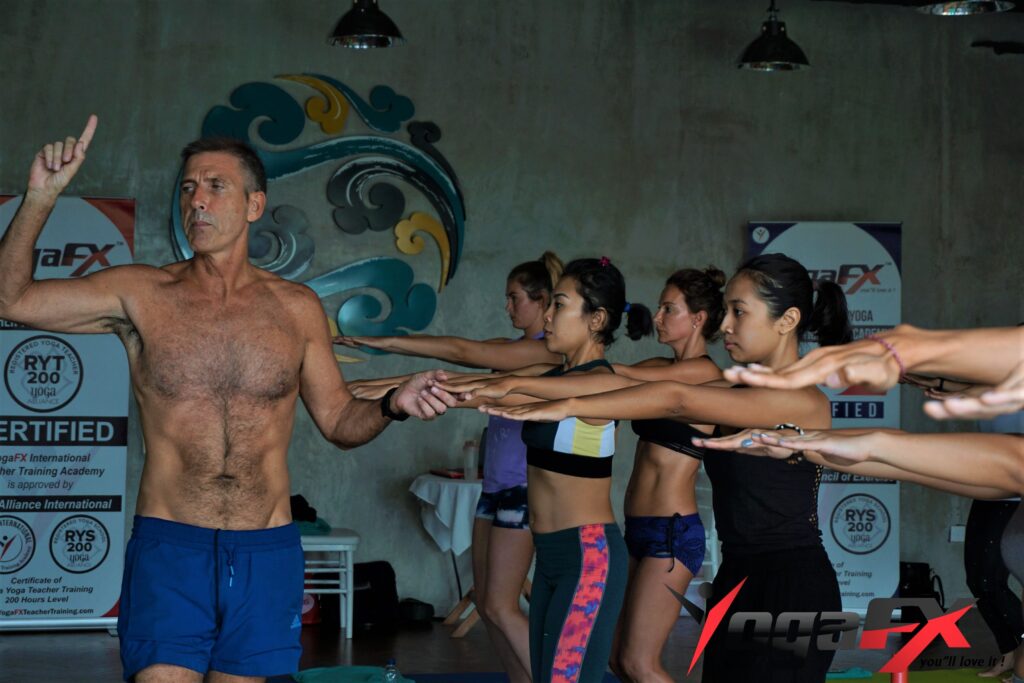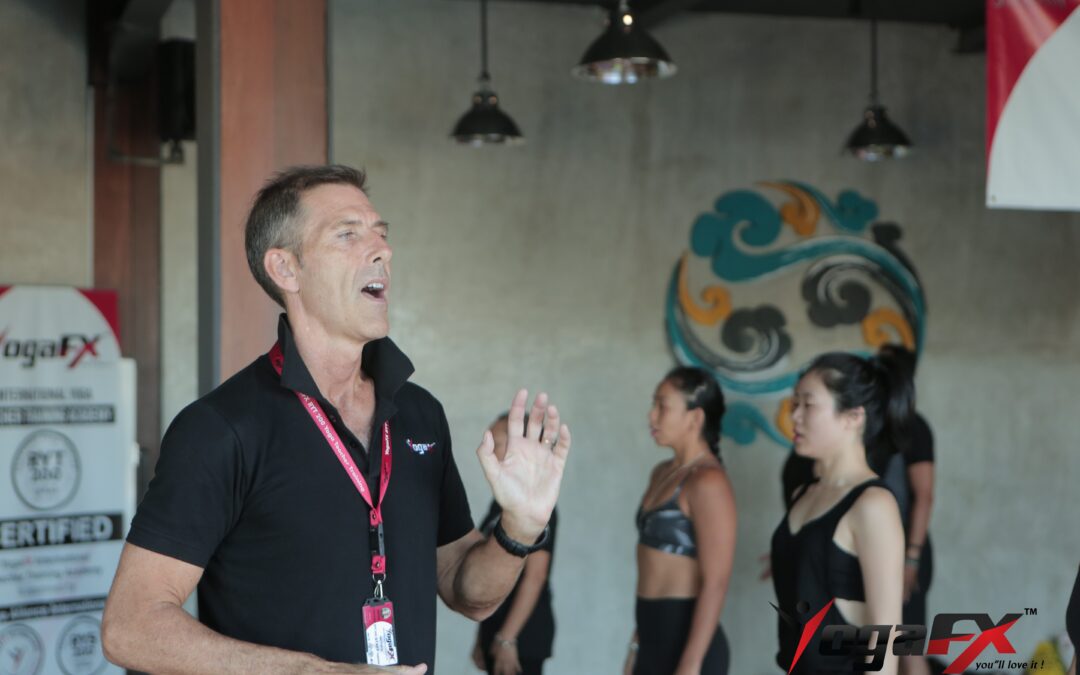Yoga is a holistic practice that extends beyond the physical postures. While the alignment of the body and the rhythm of the breath are essential, the power of effective communication should not be underestimated. Within the realm of yoga, a unique form of communication called “yoga dialogue” serves as a bridge between instructors and practitioners, guiding them towards alignment, mindfulness, and transformation. In this article, we will explore the art of yoga dialogue and its transformative power, unlocking the key to a deeper connection with oneself and the practice. Whether you’re a dedicated practitioner or aspiring yoga instructor, join us as we delve into the significance of yoga dialogue and discover how it can elevate your hot yoga, 26 and 2 yoga, or Bikram yoga experience.

Understanding Yoga Dialogue
Yoga dialogue encompasses the verbal cues, instructions, and adjustments provided by yoga instructors during classes. It serves as a medium to guide practitioners into proper alignment, deepen their awareness of the body, and facilitate a mindful connection between the mind, body, and breath. Through clear and concise communication, yoga dialogue empowers practitioners to refine their practice, awaken their inner potential, and experience the transformative benefits of yoga.
“Don’t Blame Others For Your Ignorance”
The Role of Yoga Dialogue in Alignment and Safety
Effective yoga dialogue plays a crucial role in ensuring proper alignment and safety in the practice. Instructors utilize verbal cues to guide practitioners in aligning their bodies correctly in each pose, preventing strain or injury. By providing specific instructions and adjustments, yoga dialogue helps practitioners deepen their understanding of the postures, refine their alignment, and experience the full benefits of the practice. Through this guidance, practitioners can cultivate strength, flexibility, and balance while minimizing the risk of injury.

Creating Mindful Awareness Through Yoga Dialogue
Yoga dialogue serves as a powerful tool for cultivating mindful awareness in the practice. Instructors utilize breath cues and mindful language to guide practitioners in synchronizing their breath with movement, fostering a state of present-moment awareness. The guidance provided through yoga dialogue helps practitioners deepen their focus, quiet the mind, and experience a profound sense of presence on the mat. By integrating the spoken instructions and cues, practitioners can enhance their mind-body connection, access deeper levels of concentration, and tap into the transformative potential of yoga.
The Transformative Power of Yoga Dialogue
Yoga dialogue has the potential to go beyond the physical practice and facilitate transformative experiences on and off the mat. Through positive reinforcement and encouragement, instructors can inspire practitioners to explore their edges, embrace challenges, and transcend self-imposed limitations. The words spoken during yoga classes have the power to create a supportive and empowering environment, fostering a sense of community and connection. The transformative power of yoga dialogue lies in its ability to uplift, motivate, and create a safe space for practitioners to explore their inner landscape and unlock their full potential.
The Importance of Open Communication in Yoga Studios
Open and respectful communication is vital in creating a nurturing and inclusive yoga studio environment. Instructors should actively listen to practitioners, ensuring that their needs and concerns are heard and addressed. By fostering open communication, instructors can establish trust, encourage dialogue, and cultivate a safe space for practitioners to express themselves fully. This open exchange of ideas and experiences fosters a sense of belonging and creates a supportive community within the studio.
Enhancing Your Yoga Practice through Effective Dialogue
As a practitioner, you can enhance your practice by actively engaging with the yoga. Be present, listen attentively, and follow the verbal instructions and cues provided by the instructor. Embrace the guidance, adjustments, and feedback offered by your instructor. Then allowing them to deepen your practice and unlock new levels of growth. Ask questions, seek clarification, and communicate your needs and concerns to ensure a personalized and enriching experience. By actively participating in the yoga. You can take ownership of your practice and embrace the transformative potential within you.

Conclusion
Yoga dialogue is an essential aspect of the practice, offering guidance, alignment, and mindful awareness. Whether you practice hot yoga, 26 and 2 yoga, or Bikram yoga, The transformative power of yoga can elevate your experience on the mat and beyond. If you are passionate about sharing the benefits of yoga with others, consider pursuing hot yoga teacher training. 26 and 2 yoga teacher training, or Bikram yoga teacher training. Online platforms like YogaFX, led by Mr. Ian YogaFX, a Yoga Alliance certified instructor. Offer comprehensive and accessible training programs to deepen your knowledge and practice.
Embrace the art of dialogue, both as a practitioner and potential instructor. Then experience the profound impact it can have on your journey of self-discovery, transformation, and connection. Allow the words spoken on the mat to guide you to a deeper understanding of yourself and the practice. Then unlocking the transformative potential of yoga within you.

